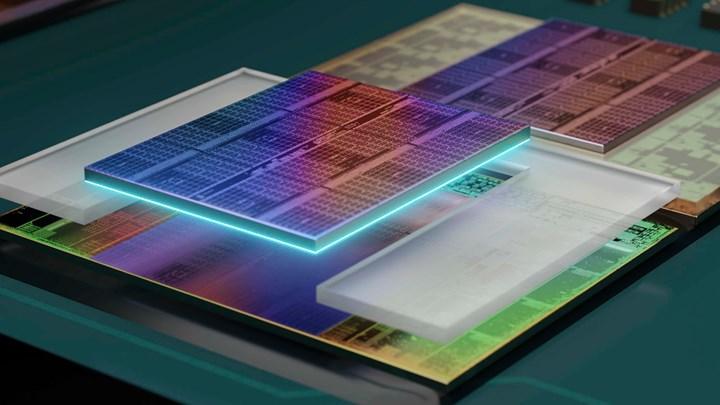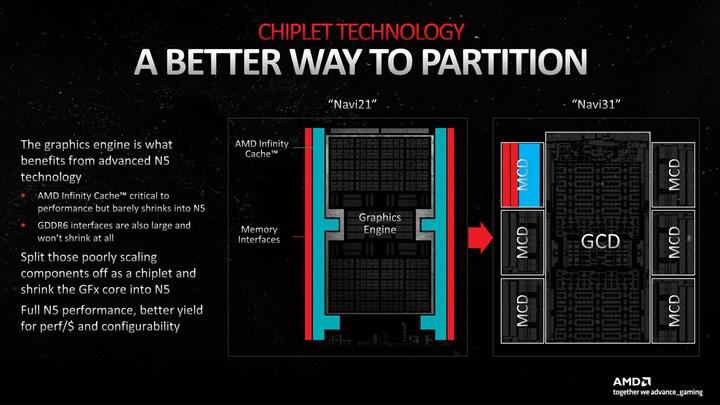 Semiconductor engineer Tom Wassick took a deep dive into AMD’s new RDNA 3 architecture Radeon RX 7900 XT graphics card. In the examinations, important traces of AMD’s 3D V-Cache technology were discovered in the RX 7900 XT.
Semiconductor engineer Tom Wassick took a deep dive into AMD’s new RDNA 3 architecture Radeon RX 7900 XT graphics card. In the examinations, important traces of AMD’s 3D V-Cache technology were discovered in the RX 7900 XT.Wassick conducted investigations on the graphics core at the heart of the 7900 XT, with infrared imaging. Observations found the same type of 3D V-Cache ports (TSV) used in AMD’s Zen 3 and Zen 4 architectures. It is stated that these ports are in the MCD patterns of the GPU.
3D V-Cache traces discovered on RX 7900 XT
Wassick is unsure whether these TSV ports will be used specifically for caching purposes. On the other hand, AMD has no official plans to use 3D vertical packaging in graphics cards for now. Therefore, the presence of TSV points on GPUs suggests that they will be used for 3D V-Cache in the future. There have already been many unconfirmed rumors that AMD will add 3D V-Cache technology to its GPUs, and we can say that Wassick’s discovery made the event a little more concrete.
 3D V-Cache has found its way into AMD’s Ryzen and EPYC processors so far. Thanks to the technology, the L3 cache capacity on the processors is significantly increased. Currently, this 3D stacking technology allows AMD to double the amount of L3 cache found in desktop Ryzen 9 7900X3D and 7950X3D parts, and triple it in Ryzen 7 5800X3D, 7800X3D consumer chips.
3D V-Cache has found its way into AMD’s Ryzen and EPYC processors so far. Thanks to the technology, the L3 cache capacity on the processors is significantly increased. Currently, this 3D stacking technology allows AMD to double the amount of L3 cache found in desktop Ryzen 9 7900X3D and 7950X3D parts, and triple it in Ryzen 7 5800X3D, 7800X3D consumer chips.3D V-Cache improves performance on cache-aware workloads
3D-V-Cache chips promise a huge performance boost in applications that demand large amounts of cache. The best example of this is the Ryzen 7 5800X3D processor, which provides a 28 percent increase in gaming performance compared to the Ryzen 9 5900X. Thanks to the large amount of cache, the Ryzen 7 5800X3D still shows competitive results against the next generation processors in games.
At the end of the day there are no clear ideas on how to add 3D V-Cache to a GPU. On the other hand, in theory, the advantages of 3D V-Cache can be expected to apply here as well. The higher amount of cache on graphics cards can make the GPU take less trips to the slower GDDR6 memory.
This can increase the processing speed of cache-sensitive workloads. We saw a good example of this with AMD’s Infinity Cache caches in the RX 6000 series. In this way, the company was able to stay in GDDR6 memory, which consumes less power but is slower. On the other hand, Nvidia used GDDR6X memory in the RTX 30 series, which is slightly faster, but also has a higher power consumption. In addition, 3D V-Cache technology is very sensitive to heat, AMD therefore lowers the frequency of its processors to manage thermal management.